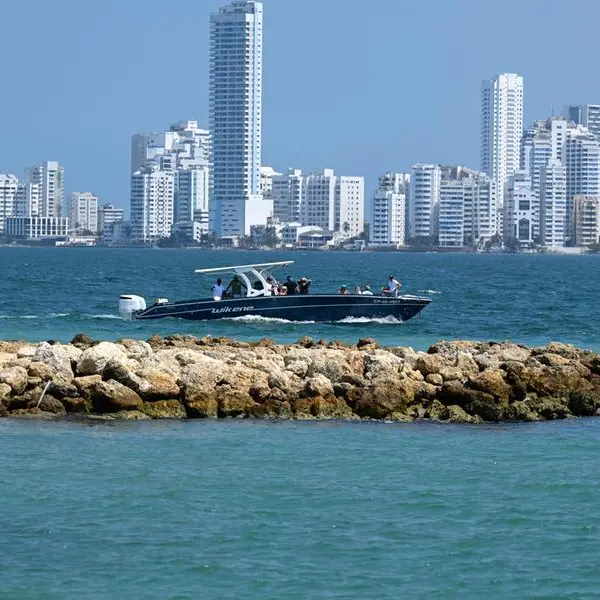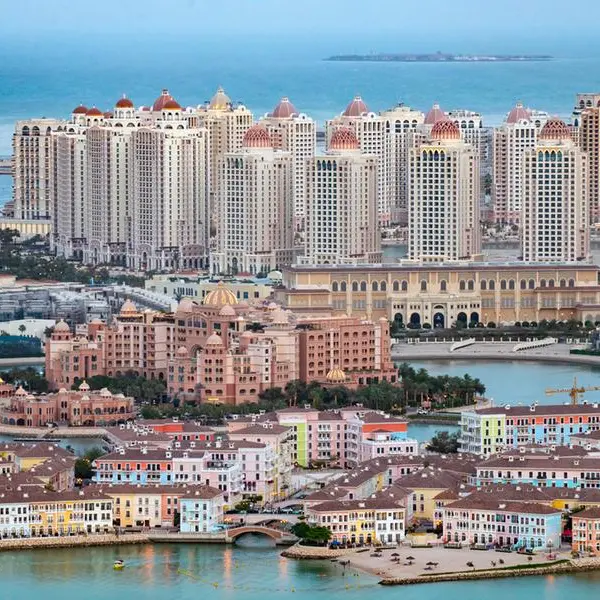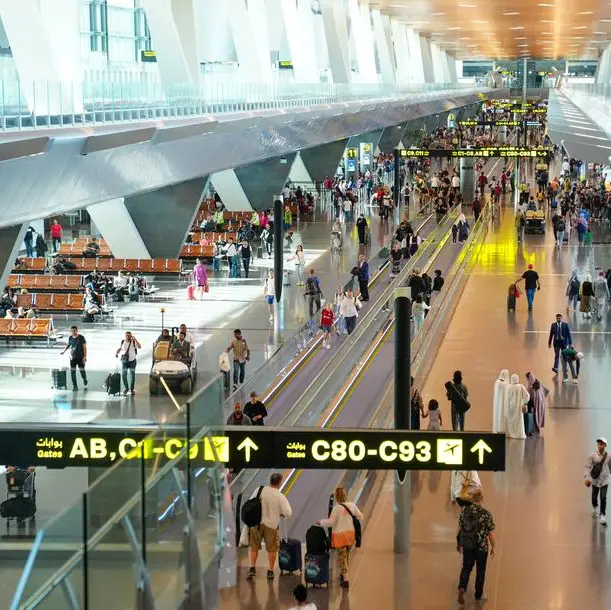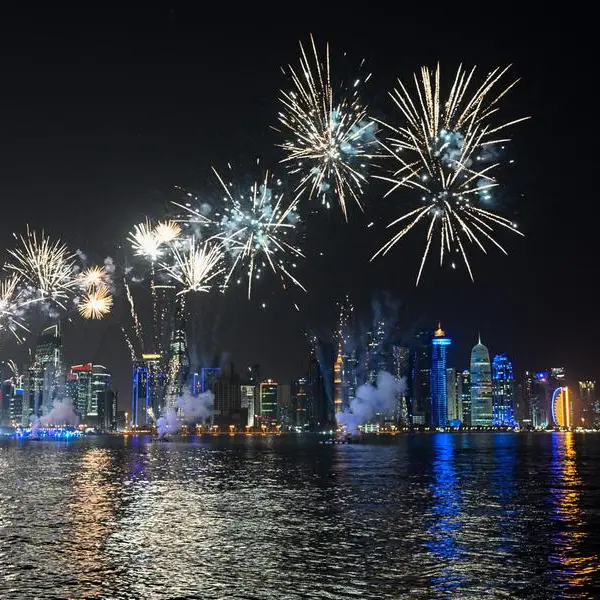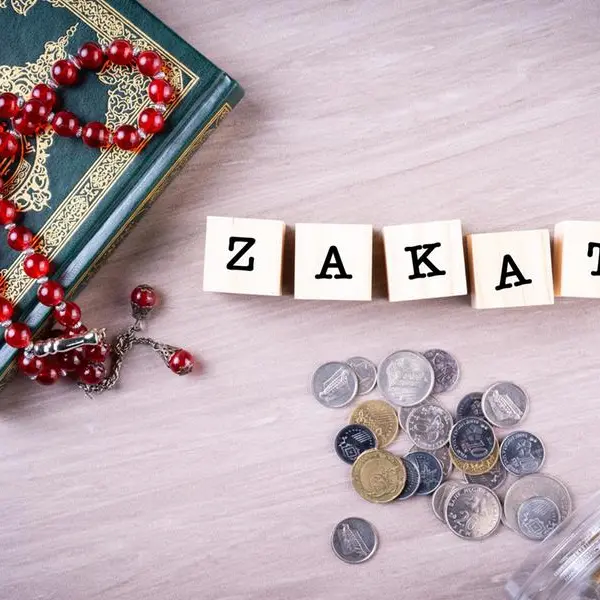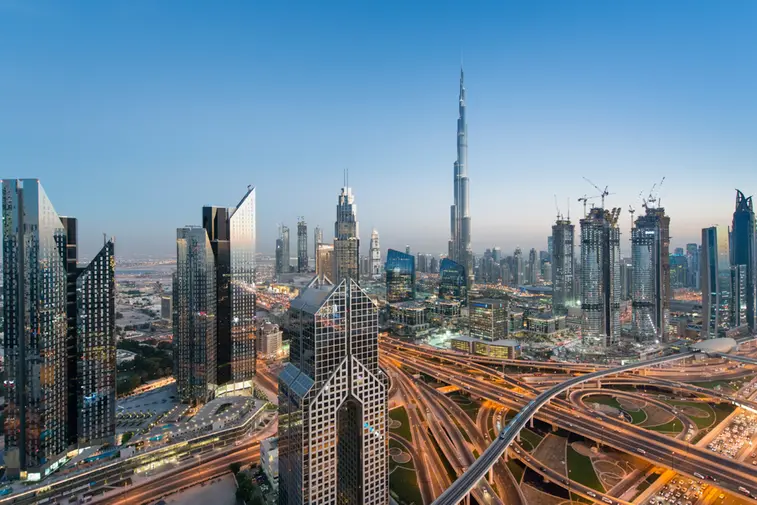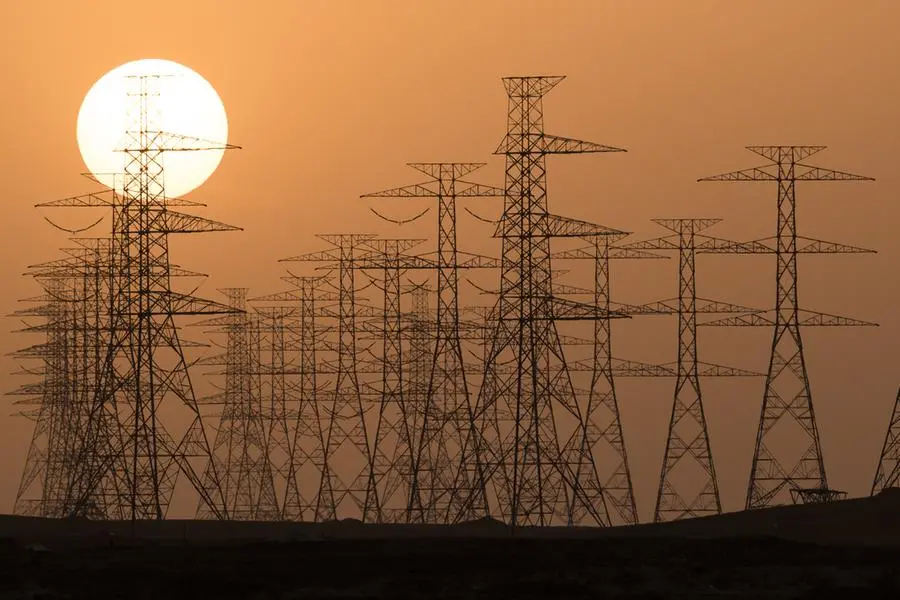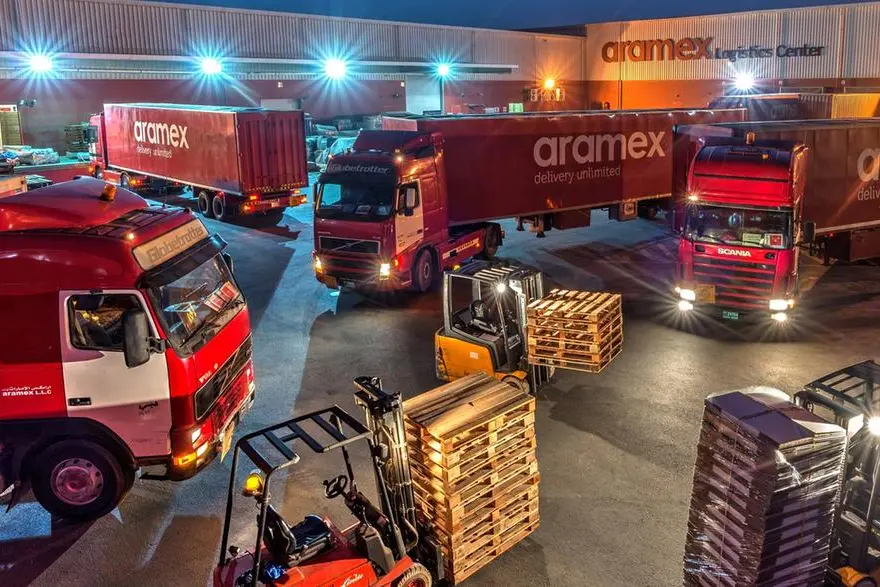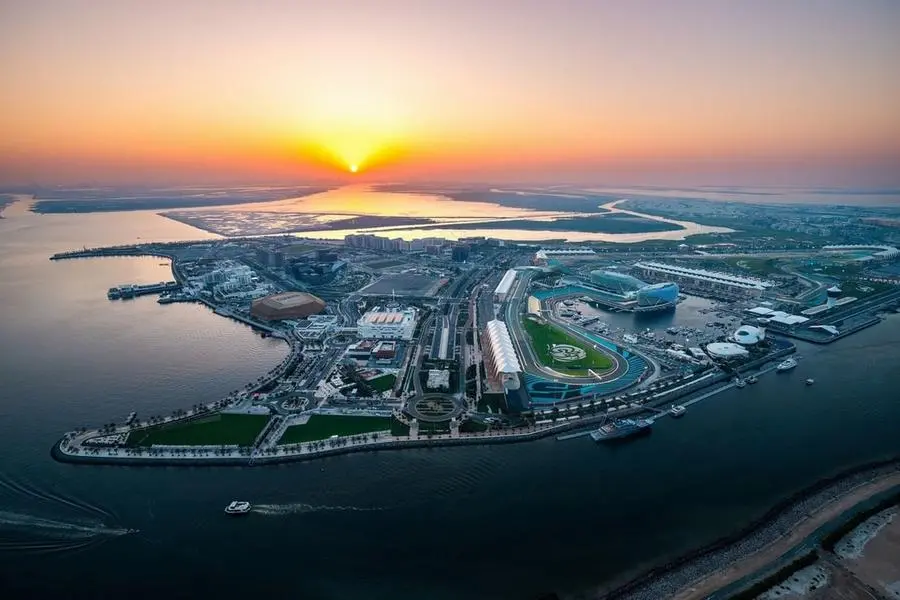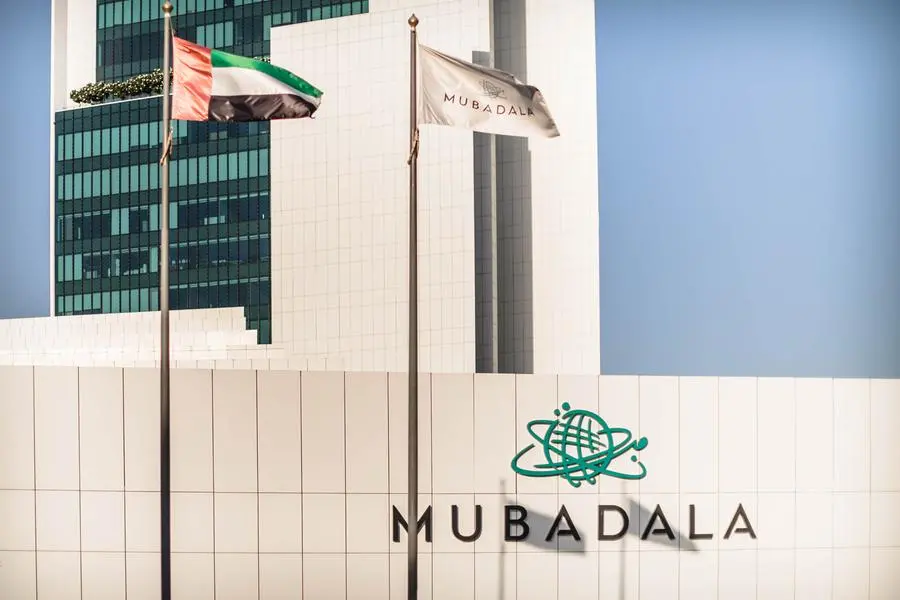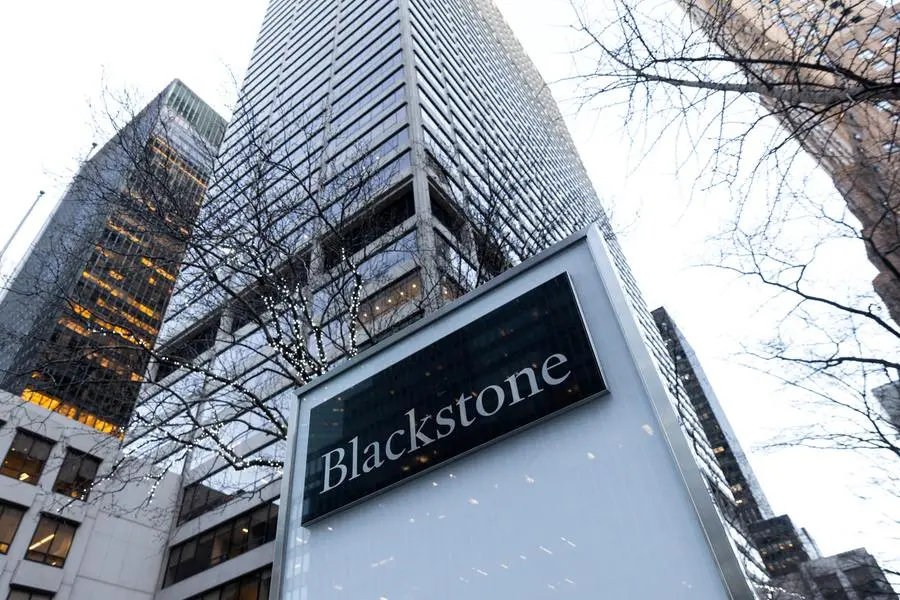TEHRAN - The seventh season of archeological explorations has recently commenced in Tappeh Sadeq, one of satellite hills of the Burnt City, a UNESCO-registered site in southeast Iran.
“This chapter of explorations is aimed to shed a new light on previous findings of the crafts and residential accommodation in the ancient site,” ISNA quoted Rouhollah Shirazi, director of the world heritage site, as saying on Tuesday.
Human remains, vestiges of pottery vessels as well as pieces of animated designs were brought to light over the past six seasons, Shirazi said.
A total of ten university students and archaeologists from the University of Sistan and Baluchestan are contributing to the current investigation.
Known as Shahr-e Sukhteh in Persian, the Burnt City is situated in Sistan-Baluchestan province that was once a junction of Bronze-Age trade routes crossing the Iranian plateau.
“The Burnt City is encircled with several ancient hills and the six-meter-high Tappeh Sadeq is one of those,” Shirazi explained.
Founded around 3200 BC, the Burnt City was populated during four main periods up to 1800 BC. Previous rounds of excavations showed that its residents had great skills in weaving, creating fine arts such as decorative objects, stone carving, and pottery painting.
Shahr-e Sukhteh is associated with four rounds of civilization, all burnt down by catastrophic sets of fire.
PHOTO: An archaeologist unearths an ancient pottery vessel at Tappeh Sadeq in southeast Iran, January 30, 2017. (Photo: Hamed Gholami/IRNA)
AFM/MQ/PA
© 2017 TehranTimes. All Rights Reserved. Provided by SyndiGate Media Inc. (Syndigate.info).
